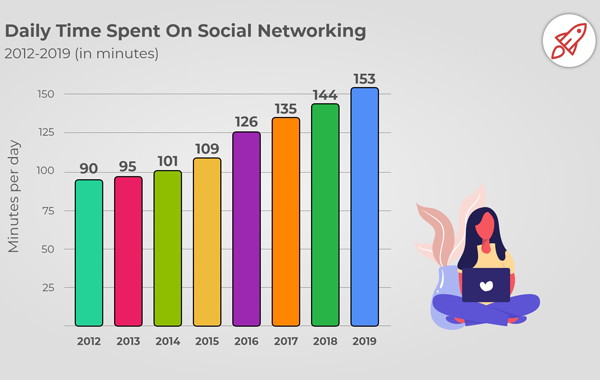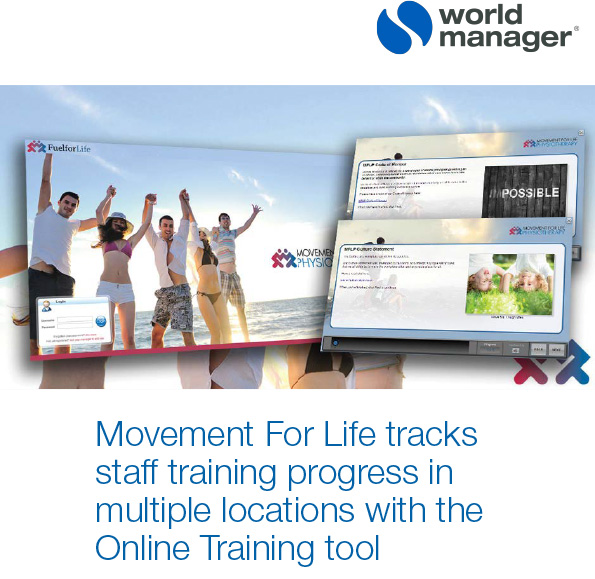Home » Content Marketing » Flat out of Content Ideas? 5 Brilliant Strategies to Help You Ideate Awesome Content

Flat out of Content Ideas? 5 Brilliant Strategies to Help You Ideate Awesome Content
Need quick blog topic ideas? If you create content for a living, you probably do.
Being consistent with your blogging is the best way to get Google to love your website. And it’s hard work creating consistently great content.
Meaning, you’ll also need to put out a bunch of unique blog post ideas.
Now, we all know doing this is dead hard.
If you’re flat out of content ideas, that’s perfectly legit. It happens to the best of us.
So, without further ado, here are some content creation strategies you can use.
5 Brilliant Strategies to Help Come Up With Awesome Continent Ideas
In the digital marketing era, content is what drives growth for businesses all over the globe. And your content presents your product or service to the world.
As a result, much of your content ideas will revolve around what your brand is and what your product does. Remember this when using any of the strategies below.
According to Hans van Gent, a chief strategist at User Growth, this is what to keep in mind when ideating content:
“What type of problem are you trying to solve with your product or service? After all, that is the basis of any good content marketing strategy.
If you know which type of problem and for which type of customer you’re trying to solve half the battle is already won.”
Now, let’s talk strategy.
1: Use Google Keyword Planner to Ideate Your Content
Next time you’re out of ideas for your blog, don’t wait for inspiration. Instead, roll up your sleeves and do a little prep work.
Quick keyword research can be of massive help.
This hands-on approach to content ideation can help you come up with great ideas. And not only that.
Using a keyword tool like Google Keyword Planner will give you insight into:
- What a typical searcher is looking for when making their Google query.
- Why they are making the query in the first place; what their search intent is.
- What exact words and phrases they are using for their search.
It’s a valuable tool that helps you look into your audience’s mind. A metaphorical laparoscopic device to look inside their mind.
Take advantage of this. Create your content ideation around the combinations of words you find. Be confident the content you create this way will receive quality views.
People that are already looking for those phrases will come to you.
Now, here’s how we did it. We entered a few keyword combinations into Google Keyword Planner and this is what we got.
These keywords give us cues we should follow when ideating our content. These are value-packed topic ideas for us. Why? Because our audience is already interested in them.
2: Pull Data From Your Social Media Scroll
Did you know people spend 144 minutes a day on average scrolling their social media? According to Broadbandseach.net, a person with an average lifespan will spend 6 years and 8 months on their social media.

Source: Broadband Search
Now, what if you used that time for a higher good?
For example, when you spot an inspiring story, create a swipe file and put it away for later use. That way when you’re time-pressed for creating more fresh content, you’ll have your little go-to source.
Use your cloud folder or store the sources you find in your bookmarks menu. Try Evernote swipe files. Whatever suits your online habits best.
You’ll want to save only the attention-worthy material. In short, any post that stops you from scrolling further. Set aside:
- Twitter threads with lots of engagement.
- Relevant Quora posts, YouTube videos and thought-provoking podcasts on iTunes.
- Articles with punchy headlines.
- Any ads with excellent graphic solutions.
3: Create Expert Round-Ups
Like-minded professionals are always good to have around. You can use your mastermind group other than for sharing top industry trends.
Use it to exchange and produce some killer content marketing ideas. This can help get your juices flowing when nothing else helps.
Go to your industry Facebook hubs and invite the members to contribute to your round-up.
You can also create a round-up by collating relevant influencer content.
Creating expert round-ups is a win-win situation for everyone involved:
- The influencers are happy to be promoted on your website and get some extra social media mentions.
- Your readers appreciate a chance to pick up some of the best tips from the influencers.
- You get more ideas to write about, a bunch of quality content and the name recognition of influencers.
Here’s how HootSuite did it.

Source: HootSuite
Another great way to populate your blog with quality articles is to repurpose those round-ups into different content formats. Think infographics, cheatsheets, slides, e-books, podcasts, and videos.
4: Share a Negative Business Experience With Your Audience
Online readers are interested in real-world experience, not just theory from wannabe experts.
So, getting transparent and unearthing the darker side of your business might be the right thing to do.
Do you have a story others can learn from? Did your business rise like a phoenix from the ashes after a major crisis? Then go for it.
Your readers will appreciate the practical lesson. But what’s more important, your brand will resonate with them on a deeper level.
Now, there’s another trick.
Use your bad business experiences to create blog posts with negative headlines. They have a stickiness quality to them. People can’t help but click.
They’ve proven to perform better than positive headlines. A 2014 Outbrain study has reported some interesting findings.
“The average click-through rate on headlines with negative superlatives was a staggering 63 percent higher than that of their positive counterparts.”
There are plenty of examples on the web, but here are just a few to help you get started.
5: Create Your Own Case Study
You can publish different blog post formats, but nothing beats writing your own case study.
It can be a list of tips you’ve come up with during a project you did. Or you can share a success story featuring an existing client.
This is a great way to walk your reader through a problem a real customer overcame by using your products or services.
When you give out some hard data on how you solved a given problem, your reader can see themselves in the same scenario and choose your brand to solve the problem as a result.
Learn how to do it right and you’ll be able to push your readers down your marketing funnel.
Here are some steps you want to include when making up a good case study:
- Make your hypothesis.
- Analyze the methods that you’ve used.
- Pull out any hard data from your spreadsheets and analyze any repeating patterns around them.
- Showcase your results.
Here’s a case study showing how an LMS company helped a fitness centre achieve industry accreditation.

Source: World Manager
Keep On Top of Your Blog Management
When you’re creating your digital content full-speed, your ideation needs to follow suit. And this is one of the toughest jobs to do.
So, consider the strategies above and take them for a spin. They may come in handy next time you’re time-pressed for some fresh awesome content ideas.
Or look for companies that offer content creation services to help out with your blog management. It’s a great way to get a breather amid your grueling schedule.
CopySmiths
I'm Katrina McKinnon, founder of CopySmiths and Small Revolution. In my 20 years of experience, I have helped online businesses create high-performing content specifically on an eCommerce store's blog. Find me on LinkedIn and Twitter.

CopySmiths offers the best blog writing services for online stores.
If you'd like us to write blog articles for you, click here.
Most Recent
- 3 Bold Questions You Should Ask When Hiring A Content Writer

- 5 Practical Reasons You Should Use a Blog Post Template

- 4 Amazing Benefits of Using a Title Generator for New eCommerce Blogs

- 10 Awesome Bio Examples Your Online Store Blog Should Emulate

- 8 Basic Steps to Successful Content Development Every Time

Podcasts
Got a question?
Ask our friendly team about our article writing services.
Subscribe to CopyZine
Monthly, hand-picked stories of the best in eCommerce Content.





